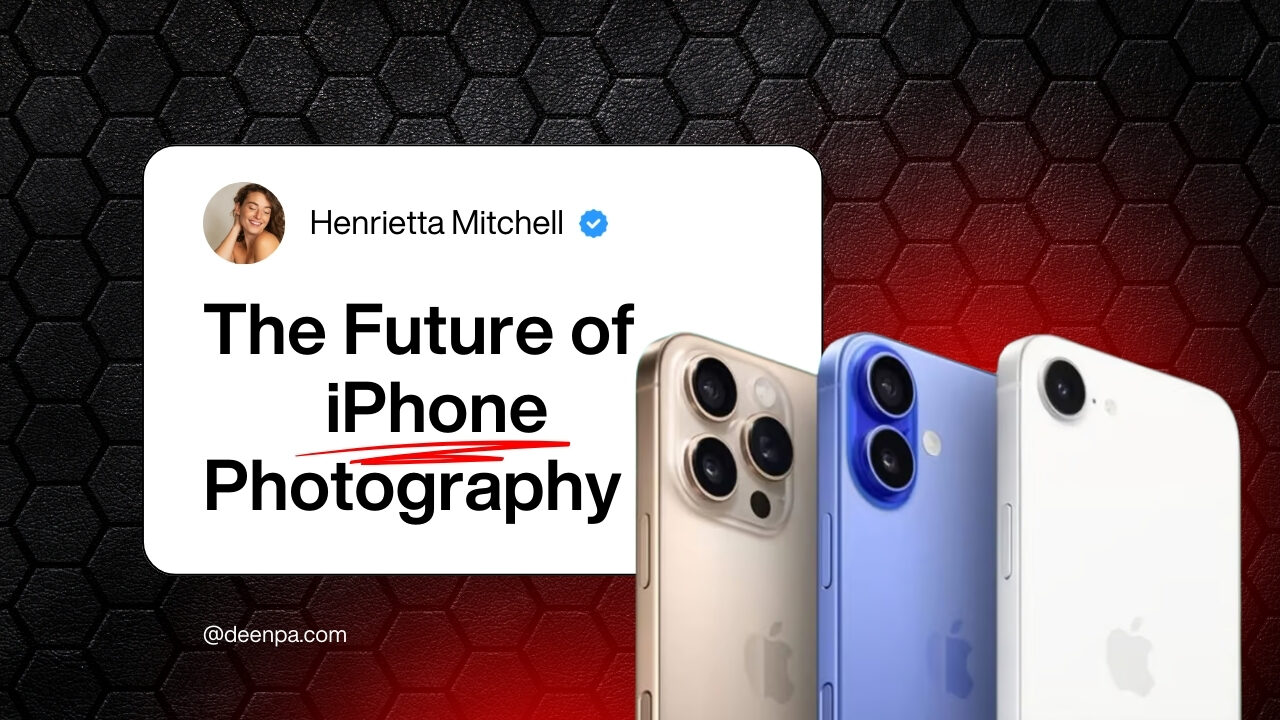Apple’s Redesigned Camera Control for iPhone 18
The Future of iPhone 18 has long been a leader in smartphone photography, and with each new release, the company pushes the boundaries of what’s possible with mobile cameras. As we approach the anticipated launch of the iPhone 18 series in 2026, rumors are swirling about a significant update to one of the iPhone 16’s most talked-about features: the Camera Control button. According to recent leaks, Apple isn’t scrapping this innovative feature but is instead giving it a bold redesign to enhance functionality and reduce costs. Let’s dive into what this means for iPhone users and the future of mobile photography.
The Camera Control: A Brief Recap
Introduced with the iPhone 16 series in 2024, the Camera Control button (not just a button, as Apple insists) was a game-changer. This physical control, located on the side of the iPhone, allowed users to quickly access the camera, adjust settings like zoom and exposure, and capture photos or videos with a single press. It combined capacitive touch and pressure-sensing technology, offering a tactile and intuitive way to interact with the iPhone’s advanced camera system. However, despite its promise, some users found it underutilized, and early rumors suggested Apple might abandon it altogether for the iPhone 18 series.
Thankfully, those rumors have been debunked. According to a reliable source on Weibo, Instant Digital, Apple is committed to keeping the Camera Control but plans to rework its design for the iPhone 18 lineup. This move aims to address user feedback, streamline functionality, and make the feature more cost-effective.
What’s Changing with the Camera Control?
The redesigned Camera Control is expected to drop the capacitive touch functionality, focusing solely on pressure-sensing technology. This shift has several implications:
- Cost Reduction: By simplifying the Camera Control to a pressure-only mechanism, Apple aims to lower manufacturing costs. This could help keep the iPhone 18’s price competitive, especially in a market facing rising production costs due to global economic factors like tariffs.
- Improved Repairability: The current Camera Control’s complex design makes repairs challenging. A pressure-only system is likely to be simpler, reducing repair costs and complexity for users and technicians alike. This aligns with Apple’s broader push toward sustainability and device longevity.
- Streamlined User Experience: While the capacitive touch feature allowed for gesture-based controls (like swiping to adjust zoom), some users found it less intuitive than expected. A pressure-based system could simplify interactions, making the Camera Control more accessible to a wider range of users while retaining core functionalities like quick camera access and shutter release.
Why Keep the Camera Control?
The decision to retain and refine the Camera Control reflects Apple’s commitment to enhancing the iPhone’s photography experience. The feature was initially hailed as a “proper innovation” for its ability to offer physical control over camera functions, something previously limited to on-screen gestures or volume buttons on competing devices like Samsung. Posts on X also show mixed sentiment, with some users praising the Camera Control’s potential for gaming or other custom functions, while others were unaware of its existence.
By refining rather than removing the Camera Control, Apple is doubling down on its vision of blending hardware and software to create a seamless user experience. The iPhone 18’s Camera Control could become a defining feature, especially if paired with rumored camera upgrades like a variable aperture main camera or a Samsung-developed sensor.
What Else to Expect from the iPhone 18 Series
The Camera Control isn’t the only exciting rumor surrounding the iPhone 18. Leaks suggest Apple is exploring several camera enhancements, including:
- Variable Aperture Camera: At least one iPhone 18 model may feature a variable aperture main camera, a feature already seen in some Android devices like the 2018 Galaxy S9. This would allow for greater control over light and depth of field, potentially elevating iPhone photography to new heights.
- Samsung Camera Sensor: Apple may diversify its camera sensor supply by incorporating Samsung sensors, breaking Sony’s long-standing monopoly. This could lead to improved low-light performance and color accuracy.
- A20 Chip with New Design: Posts on X indicate the iPhone 18 models will feature an A20 chip with a new architecture, potentially boosting computational photography capabilities.
These upgrades, combined with the redesigned Camera Control, suggest Apple is aiming to make the iPhone 18 a photography powerhouse, even as it navigates cost and design challenges.
The Bigger Picture
The decision to rework the Camera Control highlights Apple’s strategy of iterating on bold ideas rather than abandoning them. While the iPhone 16’s Camera Control received mixed reviews, its potential to transform how users interact with their iPhone’s camera is undeniable. By simplifying the design, Apple is addressing practical concerns while keeping the feature’s core benefits intact. This move could also pave the way for new use cases, such as integrating the Camera Control with gaming or accessibility features, as suggested by some X users.
As we await the iPhone 17 launch in September 2025, the iPhone 18 rumors offer a glimpse into Apple’s long-term vision for mobile photography. With a refined Camera Control, advanced camera hardware, and the power of Apple Intelligence, the iPhone 18 series could redefine what we expect from smartphone cameras.
What Do You Think?
Are you excited about the redesigned Camera Control, or do you think Apple should focus on other camera innovations? Let us know in the comments below, and stay tuned for more updates as we get closer to the iPhone 18’s rumored 2026 release!

Leave a Reply